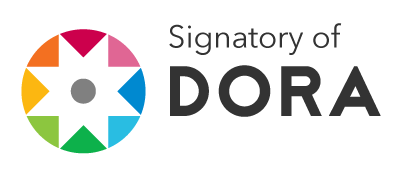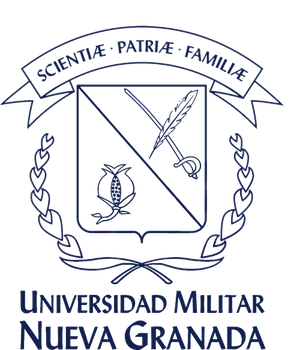Submissions
Submission Preparation Checklist
As part of the submission process, authors are required to check off their submission's compliance with all of the following items, and submissions may be returned to authors that do not adhere to these guidelines.- The article is original and unpublished, authored by the submitter, and has not been previously published or submitted to another journal (or an explanation has been provided in the comments to the editor).
-
The text meets the content, presentation, stylistic, and bibliographic requirements outlined in the Author Guidelines
- All authors of the article have been registered in the Open Journal Systems (OJS) platform, and there is awareness that no additional authors can be added after submission.
- The file is in Microsoft Word format.
- The topic, type, and language of the text align with the focus and scope of the Journal.
- The Editorial Policy established by the Journal is accepted.
- The completed originality declaration and rights transfer form is attached.
Privacy Statement
Privacy and Data Use Statement
The Editorial Neogranadina, due to the receipt of articles and peer review, records personal data in its databases to adequately support the processes it manages. The information management is regulated by the University’s Information Security Policy, as established in Resolution 4352 of November 17, 2016, Article 18, regarding its information systems:
Numeral 10: “The information stored in the databases of the Universidad Militar Nueva Granada’s information systems is and will be used for the development of its functions, as a Higher Education institution, either directly or through third parties.”
Numeral 11: “The information stored in the databases of the University’s information systems or in any storage medium must comply with the University’s current and valid Personal Data Privacy Policy Manual. The user is responsible for the data within the infrastructure.”
The Journal adheres to the Personal Data Privacy Policy Manual of the Universidad Militar Nueva Granada, regulated by Resolution 3225 of December 2, 2013:
Article 11: “The collection, storage, use, circulation, or deletion of personal data by the Universidad Militar Nueva Granada requires the free, prior, express, and informed consent of the data owner.”
Article 21: “Ownership of personal data. The Universidad Militar Nueva Granada will always recognize that personal data is the property of the individuals to whom it pertains and that only they can decide on its use. In this regard, the University will only use the data for purposes for which it is duly authorized and, in all cases, will respect the current regulations on personal data protection.”
This information will be shared for academic or educational purposes with entities that accredit, classify, or assess productivity, such as the Ministry of Science, Technology, and Innovation (Minciencias), Publindex, or international indexing systems.










